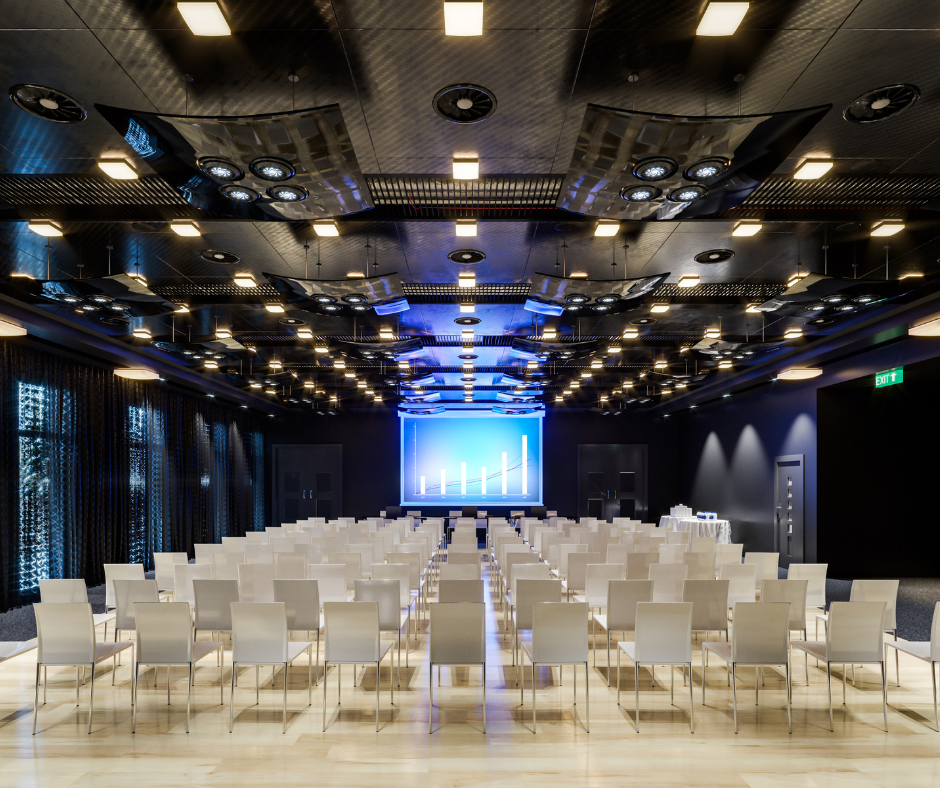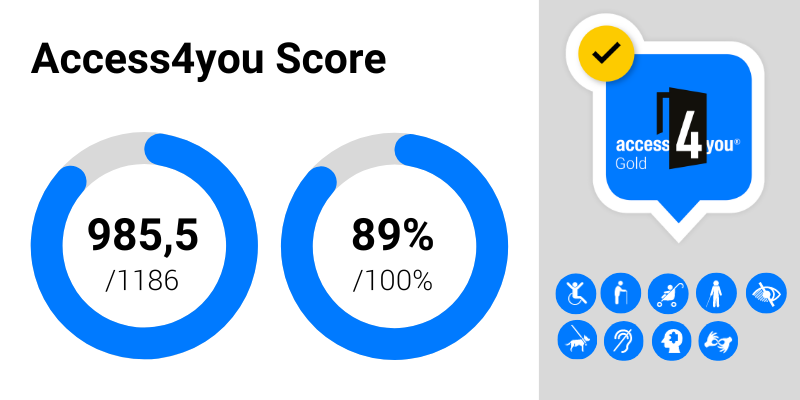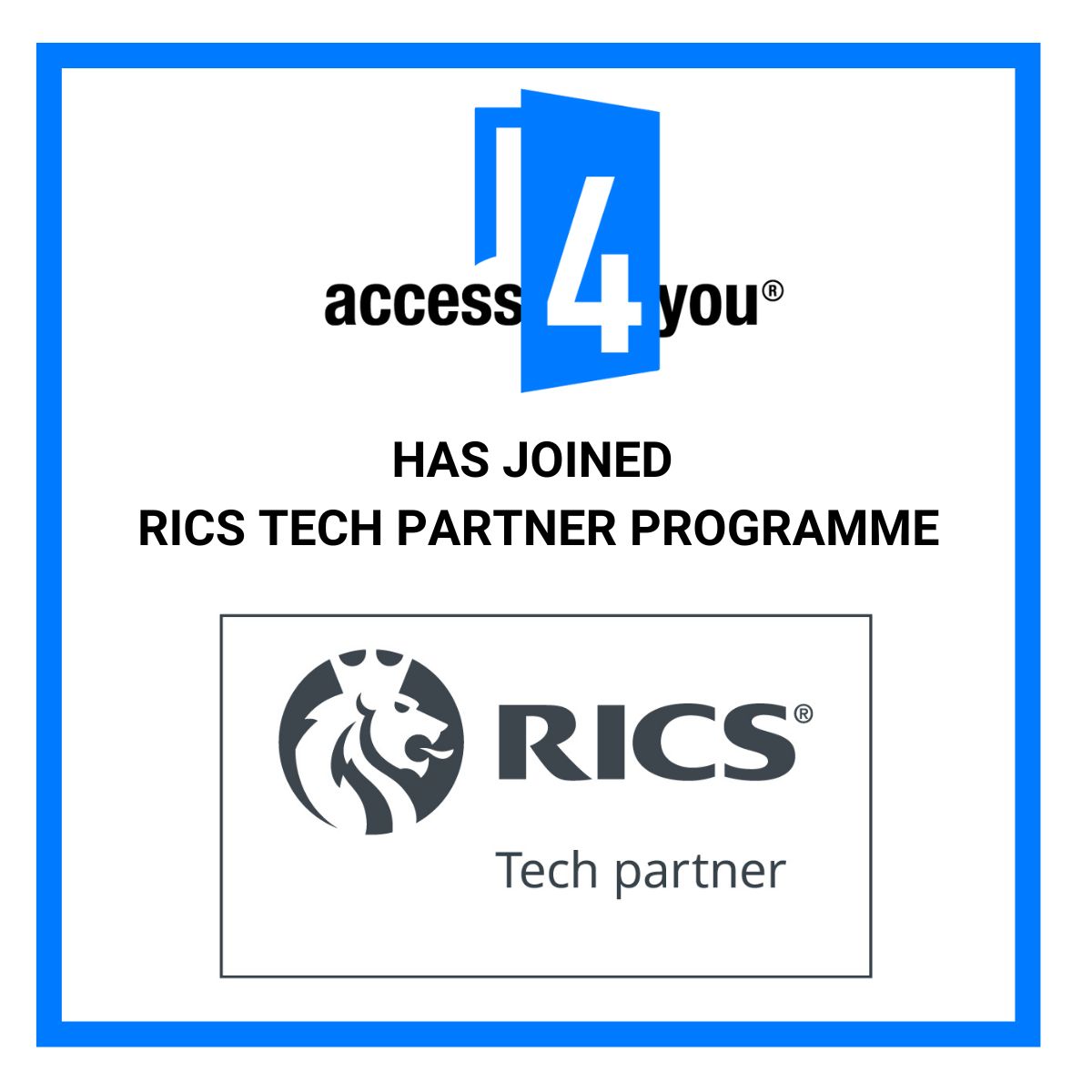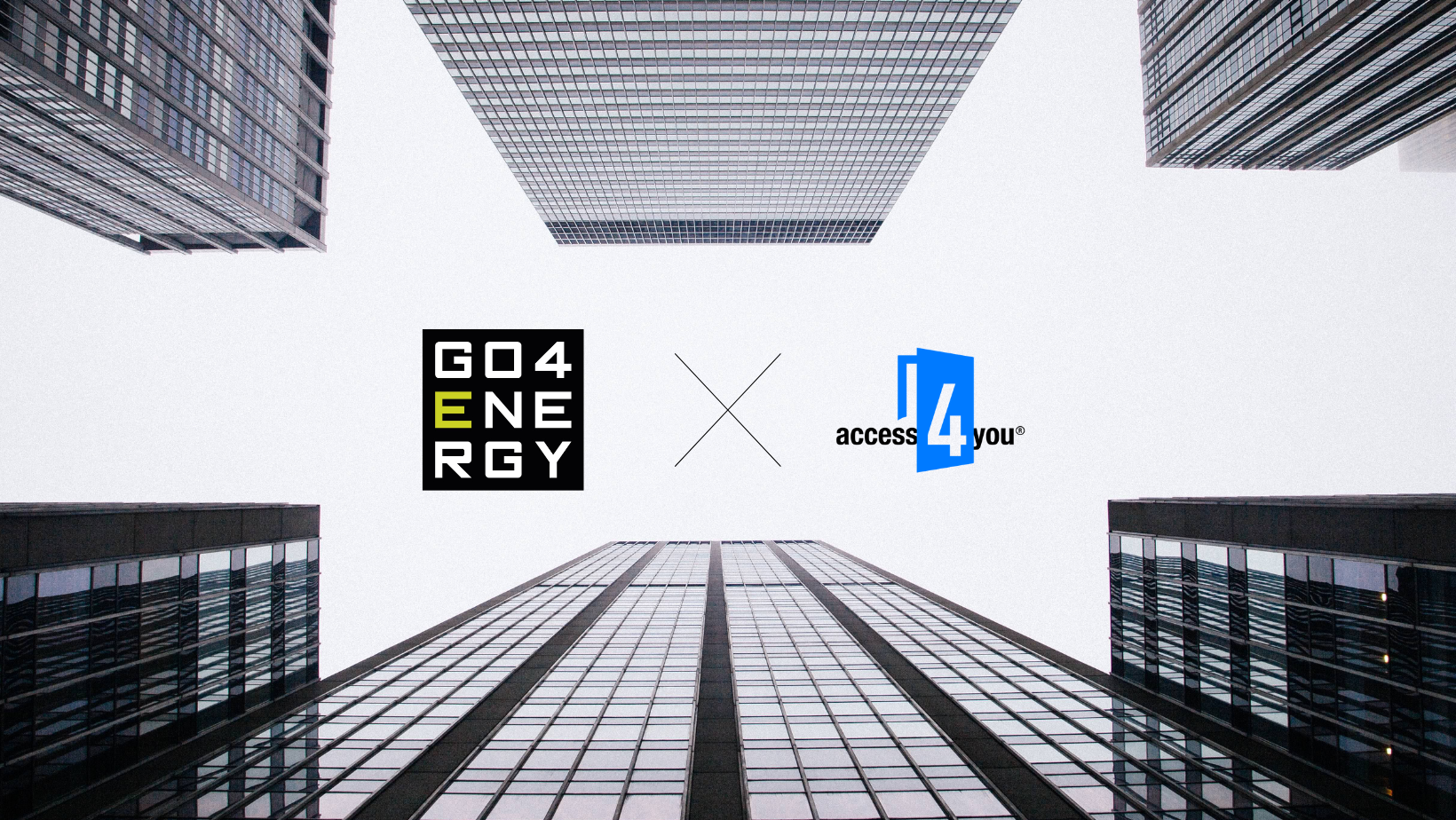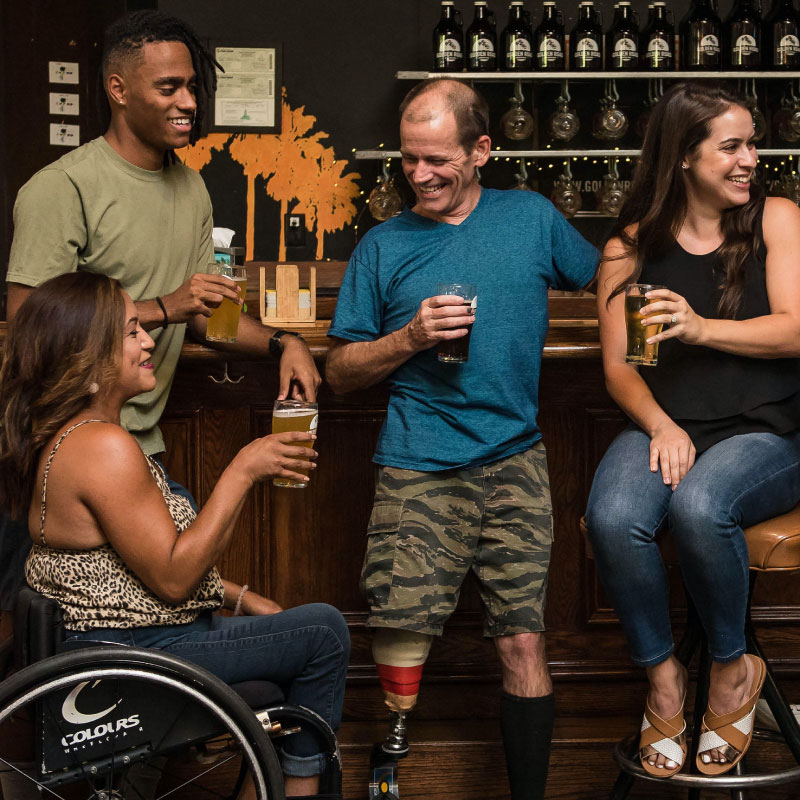Technology Transforms Accessibility – Interview with Sanjaya Ranasinghe of WiredScore
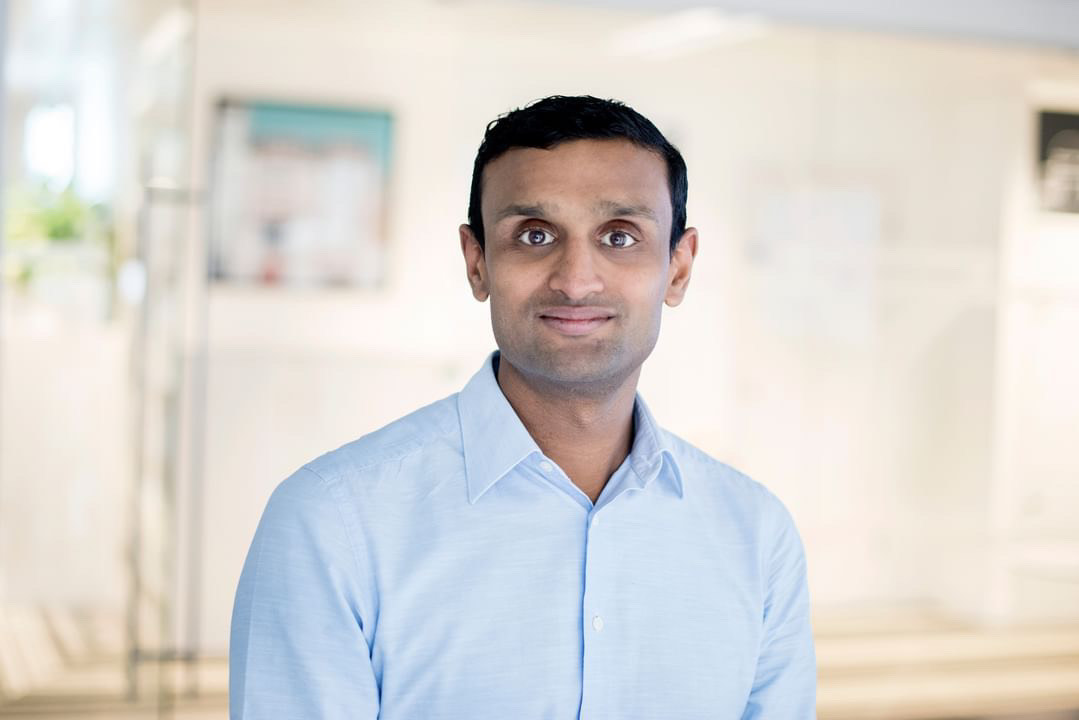
Today (3rd December) is the International Day of Persons with Disabilities (IDPD), a great opportunity to highlight how improving our built environment can benefit those with disabilities. In fact, this is a much larger portion of society than most people think, 15% of the world’s population live with some form of disability, but almost 80% of these disabilities are not visible or immediately obvious.
To discuss how technology in real estate can turn buildings into inclusive spaces where all segments of society feel valued and empowered I’ve interviewed Sanjaya Ranasinghe, Global Director of Research and Development of WiredScore.
Balint:
Sanj, previously we worked together at WiredScore for around 5 years. Over this time the real estate market went through some major transformations and ESG has become the north star for sustainable development.
Do you see this trend continuing and ESG becoming an even more prominent part of the industry?
Sanj:
Real estate is an industry that still hasn’t adopted a data-driven approach to understanding its impact. To drive this change, initiatives like ESG are going to be key levers as they successfully bridge the gap between the impact we want to have and the measures that come together to actually change the performance of buildings.
As we as a society continue to become more aware of the ESG shortcomings in everything around us, not just in real estate, the built environment we operate in is going to be looked at more to provide solutions to these shortcomings rather than continuing to exacerbate the problem.
Balint:
Access4you’s and WiredScore’s products follow a very similar logic, they both provide certification products for real estate clients. While WiredScore is heavily focused on the technical aspects, Access4you approaches from a social sustainability and inclusivity angle.
How do you see the technical and social aspects of buildings complementing each other?
Sanj:
Since launching SmartScore in 2021 we at WiredScore have had far greater exposure to the impact that forward-thinking owners and operators of buildings can have on the end users by delivering meaningful user experiences within buildings at scale. This “at scale” part to me is what necessitates the technology complement to enhancing the social position of a building.
As with any other aspect of operating a building, return on investment, cost of implementation and other business KPIs continue to drive decision making. This is at counterpoint to the impact social improvements to a building can make as it is generally hard to put a short term financial return on the investment. However, by utilising technology, ideally which is already in the building, to deliver new use cases to building users and to deliver increased societal impact can provide a quick way to experiment on what the impact could be. This also could lead to a position where ROI is increased purely by the fact that you’re doing more with what you are already paying for.
Balint:
Social awareness has been on the rise in recent years and businesses are opening their doors, both symbolically and literally, to people with disabilities.
How do you think technology can facilitate inclusivity and support people with disabilities?
Sanj:
The easy answer here is to use a line I learnt from Access4you. “An inclusive building is a better building for everyone”. In recent years, certainly post 2020, this has manifested itself in two key ways.
Firstly, treating building users as individuals. As an industry, we moved from a transactional landlord-tenant relationship to one that has become more of a service led relationship, which we could call a landlord-occupier one, to a true owner-customer one where the operations of a building are tailored to individual needs rather than that of a type of tenant. As an example, we’ve moved from generalisations like tech tenants want exposed brick in their office to more nuanced building features such as library and outside space or food and wellness amenities that are aimed at specific personas, such as new entrants to work.
Secondly, technology in buildings has to be useful to people for it to be meaningful. As such technology that is specifically designed to help support an individual to be more productive, integrated or just able to do what they want to do will undoubtedly be more universally impactful for the wider population of a building. This is further amplified when thought in combination with the above desire for buildings to drive more personalised experiences for everyone who uses them.
Balint:
Have you come across any concrete examples of technical solutions in WiredScore or SmartScore certified buildings that were specifically aimed at helping people with any form of disability?
Sanj:
Indoor wayfinding is an area of particular interest to me in this arena. Our initial research highlighted that the technology existed, but when examining the use cases there was a lot of scepticism around whether there was a true business benefit over traditional methods such as signage and asking building staff.
However, when considered from an inclusivity perspective, I see it as a key addition to a physically well-designed building. What really excites me about this technology is the level of detail and customisations in route planning that can be provided to meet individuals’ needs, be that for step-free access, to address sight or language differences or to support cognitive requirements for quieter routes.
Balint:
In the markets WiredScore operates in, do you see any awareness around people with disabilities? Are they considered when designing buildings beyond what is legally required in many countries?
Sanj:
I recently learnt that in the UK there are a set of overlays to the RIBA plan of work. One of these is the Inclusive Design Overlay, which was launched in July 2023. The RIBA plan of work is the bedrock of how many buildings are designed, not only in the UK but around the world, and I see great promise that this overlay can ensure inclusive design is thought about in the earliest stages of any building design or redevelopment.
Balint:
Do you see any new technologies on the horizon that could transform how buildings are used and could enable a more inclusive, hazard and hassle-free experience for those with disabilities?
Sanj:
Many buildings offer building apps today to help interface with the technology within them. I’m really interested to see how that model evolves to one of more where a personal app interfaces with the built environment around it. The evolution of open protocols for IoT technologies such as Matter could make this possible, but it requires a more open and integrated approach between the teams responsible for the public and private realms that we inhabit. This personal app approach would enable the accessibility requirements of individuals to be optimised and enable the best overall experience within buildings themselves.
Balint:
Lastly, in your view, what are the challenges that society will need to address when it comes to people with disabilities? What is your personal opinion on the progress that we’ve made so far?
Sanj:
The pandemic really opened the world’s eyes on how a singular event can impact people in so many different ways. This enabled a greater understanding of all our individual needs in the design and development of buildings. It’s key that we keep momentum, focus and drive in inclusive design and development of buildings, as without it we’ll return to the status quo and to a world where the built environment will fail the majority of its users.
Balint:
Sanj, it has been fascinating to hear your perspective on how technology can move the needle on such an important issue for society.
I particularly agree with the potential of personalising individual experiences within buildings. This is a great example of how an inclusivity-led feature can benefit all users, and truly make a more inclusive building a better building for everyone!
An interview by Bálint Győrvári
